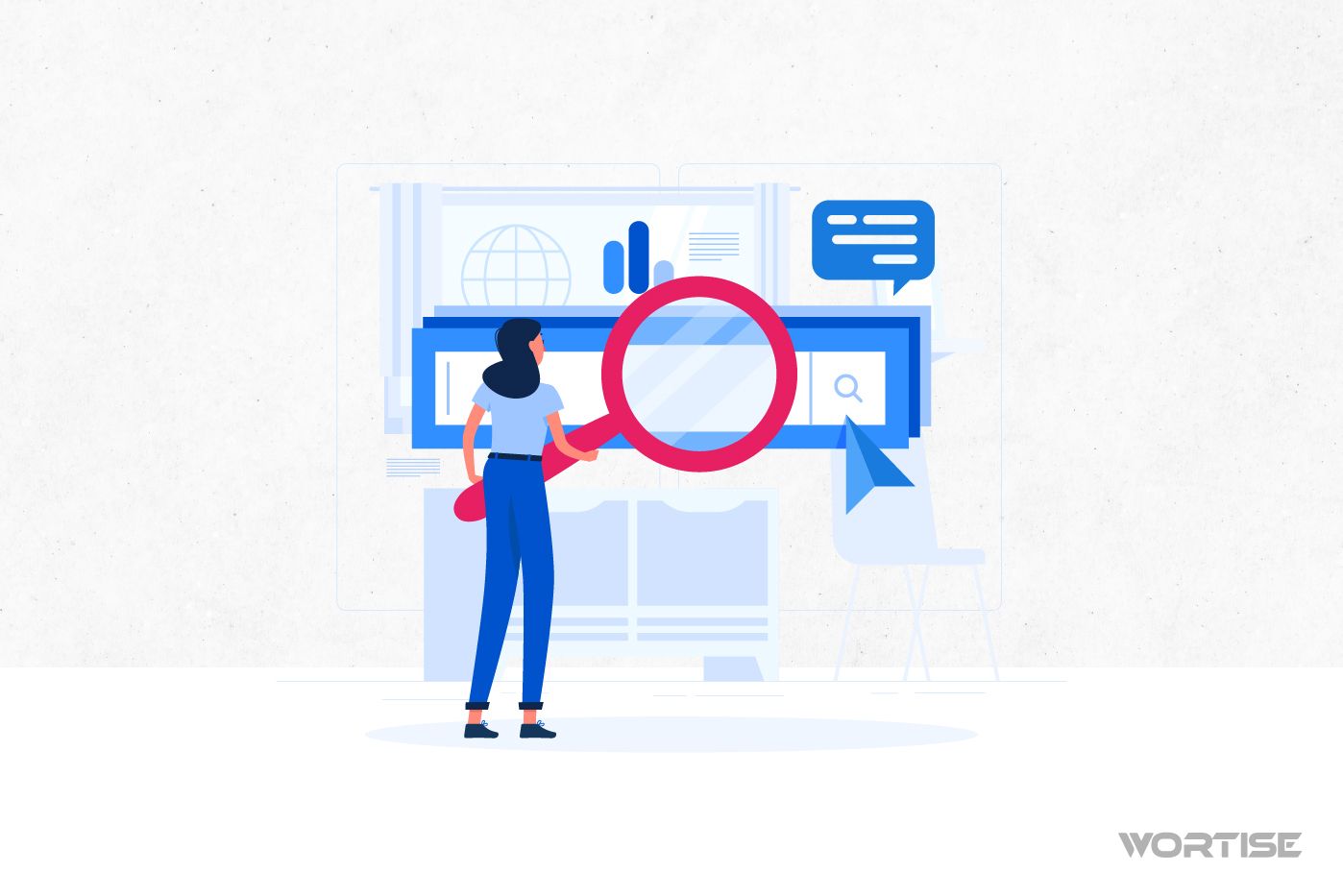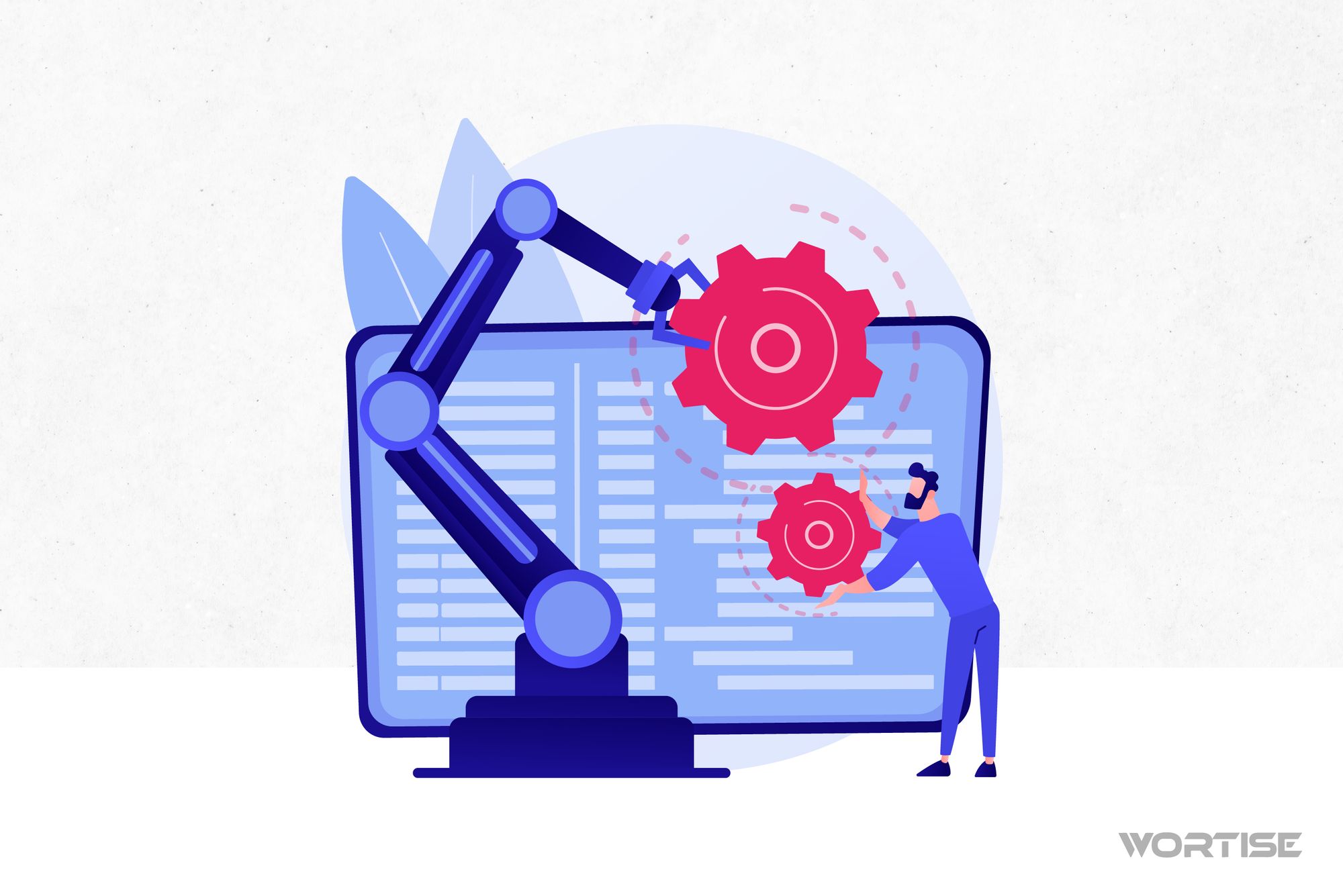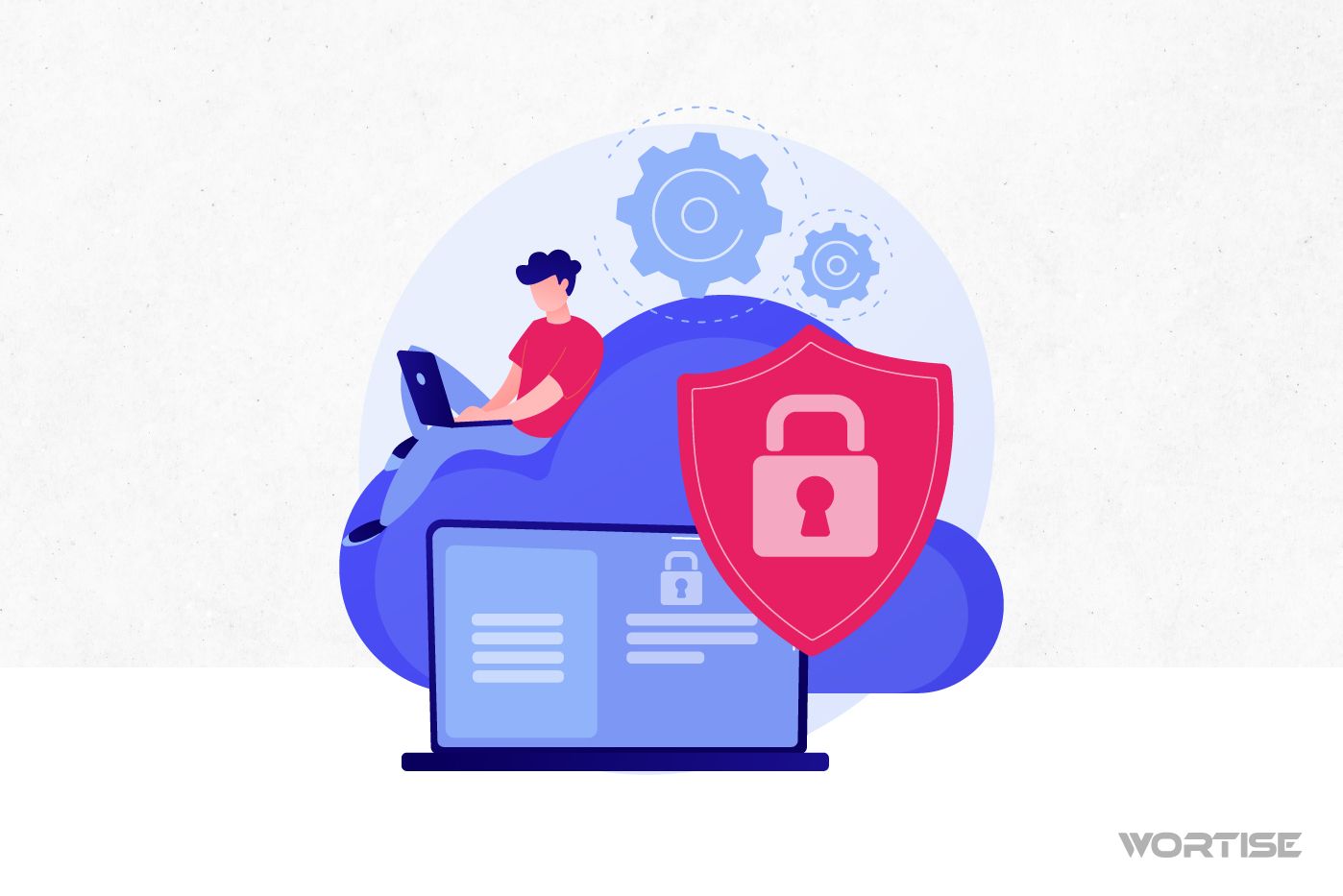What’s more valuable than gold? Diamonds? Oil? It’s clear that all of these have a high price, but if you’re a publisher, you know very well that your greatest value lies in user data. However, not just any data, but those collected firsthand, also known as first-party data collection.
Unlike third-party data, when you know your users firsthand, it’s much easier to generate in-app monetization strategies that hit the mark. You wouldn’t be sailing into unknown waters but rather holding the compass in your hands.
What methods do you need to make your first-party data collection strategy efficient? That’s exactly what we want to show you in this article.
What is First Party Data? Keys to Understanding How it Works
Imagine you’re a book seller and you’ve just moved to a new neighborhood. As a good seller, you want your neighbors to buy your books, but you don’t know their literary tastes.
Instead of asking a neighbor to supply you with data about other people, you design some method to get to know them: an open mailbox, a personal visit, a customized questionnaire, among other strategies.
In short, first-party data collection represents the data that a company, website, or application can obtain directly.
It’s a one-on-one with the user and is achieved through various channels: registration forms, cookies and user tracking, surveys, social media strategies, online reviews, downloadable content (in exchange for registration), and other tactics, which must be legal and compliant with international data protection regulations. In your case, you obtain data through your app.
First-party data collection technology should be a priority for publishers who want to have a deep and accurate understanding of their audience. It’s not the same to design strategies for a generic audience – whose data you obtained through intermediaries – as it is for one worked and structured by you.
The reason is simple: this data contributes to publishers and website owners having precise analytics that improve the functionality of their product, paving the way to enable useful tools such as saving login data or choosing a particular language.
And yes, dear editor, working with first-party data is a giant step toward executing accurate strategies and reaching the heart of your audience. Isn’t it a huge advantage to know what interests and needs your users have to fulfill them as quickly as possible? Of course it is!
Benefits of First Party Data Collection in Your App: What You Need to Know
It’s not just about collecting first-hand data; the primary idea is to use it correctly and handle it with great care and responsibility. When users accept cookies in one way or another, they are telling you: “Hey, I trust you with my personal data, don’t disappoint me!”
But let’s look at the numbers. A study by AGC Partners – published in 2023 – shows that 81% of respondents expressed concern about the privacy of their data. It seems alarming, but at least 54% believe that transparency in the use of their personal data makes them more loyal customers.
Although loyalty is one of the benign fruits of first-party data, it’s not the only one. Here are other advantages you should know about data collection:
#1 Higher Advertising Revenue
By perfectly knowing the target audience, each publisher can generate increasingly profitable in-app advertising campaigns.
In advertising matters, ads based on users’ own data tend to be more effective. Of course, the mediation platform you use plays a key role here. You must ensure that you choose one with first-party data technology.
#2 Reliable Data
The best thing about first-party data collection is that no one can lie about users’ preferences. You know for yourself what kind of audience you have, which translates into much more effective monetization and marketing strategies.
Additionally, this helps you develop new products and expand your project reliably. For example, if you plan to primarily attract a young audience whose interests are linked to music, first-party data will provide you with a more precise figure of the audience you have.
#3 More Personalized Content
All the advantages of first-party data are connected. By obtaining reliable data and knowing your audience in depth, it allows you to create more relevant and personalized products for people.
This is great for publishers, as they can segment their advertising space according to their audience’s interests. And as we know, personalized products tend to have higher acceptance and loyalty rates; in fact, a Finstack study predicts faster revenue growth of up to 40%.
Advertisers also win, and by a large margin: they have the full certainty that their advertising will reach the right people. It’s a win-win for all parties involved in digital advertising.
#4 Alternative to Third-Party Cookies
Third-party cookies, created by other sites, have been around for years, but Google Chrome announced their end since January 2024. If you work with first-party data, this news shouldn’t alarm you at all.
The data you obtain yourself represents a reliable solution and helps you overcome the strict regulations of the California Consumer Privacy Act (CCPA) and the General Data Protection Regulation (GDPR).
Additionally, first-party data makes you autonomous and helps you reduce dependence on third-party data sources. In other words, you have greater independence in decision-making.
#5 Get Ahead of Your Competition
Knowing the tastes, interests, geographical location, names, and contact information of users gives you a huge advantage over your competitors. You’ll be able to segment audiences according to browsing history and other relevant data, which, as you can imagine, will make you more successful in your monetization strategies.
Why Work with a Mediation Platform with First-Party Data Technology? Wortise Case
If you plan to increase your app revenue, first-party data is the best alternative. According to consulting firm Deloitte, it is estimated that more than 60% of projects and companies with growth work with first-party data.
As a publisher, it’s not enough to just have an app with resources to obtain your own data, but it’s convenient for you to use a mediation platform that works with first-party data technology. Only then can you avoid problems of inconsistency in the ads shown, something that arises frequently with generic or third-party data.
In the case of Wortise, the largest mobile ad mediation in LATAM, we work with first-party data to provide hyper-segmentation of audiences across more than 100 Ads Networks we use for mediation.
But beyond that, having our own first-party data database allows us to operate with total freedom and security within the European Union (EU), as we respect GDPR regulations. In other words, you can monetize without the risk of incurring serious offenses for improper use of user data.
All this helps us guarantee better traffic and reduce bounce rates, which translates into a higher fill rate and, consequently, higher levels of cost per thousand impressions (eCPM).
8 Fail-Safe Methods of First-Party Data Collection
You’ve read quite a bit about first-party data collection; now let’s learn about 7 techniques you have at your disposal to collect first-hand data.
#1 Basic Registration
It’s an obvious tool that should never be missing in an app. Its creation helps create a solid database with personalized content, but clearly, there’s something you should avoid: making registration extensive and tedious.
The simpler you make it, the better. Therefore, try to create registrations that only ask for name, simple address, email, and date of birth.
#2 Request Feedback and Reviews
It’s never wrong to send a notification to users kindly asking them to leave a comment or review within your application. This action gives you direct information from them and allows you to collect first-hand data about their needs and interests.
Additionally, this will help you know what improvements they suggest or what problems they are frequently facing within your app. This method not only helps you collect data and generate a better reputation but also aligns with improving the user experience.
#3 Single Sign-On (SSO)
Single Sign-On (SSO) is a system that allows you to use a single set of login credentials across multiple applications, such as a username and password.
Its implementation makes users stop being anonymous and become committed users and “legally registered” in your app, so to speak. Additionally, using SSO helps to automatically update user data when they make changes to their profile or information.
This tool continuously enriches your first-party data collection.
#4 Forms and Surveys
Alright, let’s suppose you applied SSO and basic registration, but is that all? What comes next? It’s not enough just to know users’ names and their geographical location; you need to know more data about users.
This is where forms and surveys within your application come into play. They help you collect additional information about each person, such as declared interests, content preferences, expectations for future updates, etc.
In each form, you’ll obtain new data from your users and have a more robust database that will help you create more effective monetization strategies.
#5 Behavioral Analysis
There are some analysis tools based on machine learning and artificial intelligence (AI) that help track your users’ behavior; that is, knowing how much time they spend in your app, which sections they use the most, which actions they frequently perform, and other relevant data.
If you already have their names and other key data, trust us, knowing how they behave within the app adds a special touch to your database, as you’ll be able to anticipate their movements and offer them just what they expect.
If you have an app that is comfortable and meets their needs, it will be easier to include in-app advertising without it being seen as intrusive or tedious.
#6 Offer Incentives in Exchange for Data
Publishers are not immune to common marketing practices. In this sense, a reliable tactic to create a comprehensive first-party data collection is to offer incentives in exchange for data.
For example, you can invite new users with the excuse that they use certain premium function for free for a certain time in your app. For old users, you can invite them to access discounts or special promotions in exchange for providing new data about them.
#7 Social Media Sign-Up
It’s normal for people to show all their tastes and interests on social media. Therefore, why not involve them in your first-party data strategies? In addition to the typical manual registration with email and password, you can offer the option to sign in to your app with their social media profiles.
This will allow you to access essential data about users and take advantage of the social media algorithm.
#8 Use Publisher-Provided Identifiers (PPID)
These are unique identifiers assigned to users by the publisher of an app. Their use is simple: they allow distinguishing and tracking users within the environment of that particular app.
PPIDs help the publisher associate user data across different sessions and devices, making behavior analysis easier, but there’s something else you should know: PPIDs can be shared with Google’s programmatic demand, including open auction.
What does this mean? That you can customize ads and make them more relevant to your audience, increasing the value of your inventory. PPIDs are a gem of first-party data that integrates very well with programmatic advertising.
Take advantage of the first-party data collection offered by Wortise and generate higher eCPM
Hello, publisher! Wortise is a mediation platform that has a database of first-party user data. It took years of analysis and data collection to put them at your service.
Our advanced mediation platform is connected to more than 100 Ad Networks and offers you double the eCPM of Google AdMob.
Additionally, we provide personalized support with tactics to maximize earnings, 1-1 support to address any doubts or irregularities, and a dashboard for you to measure the profitability of your ads in real-time.




